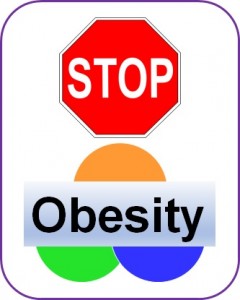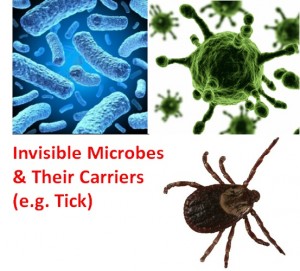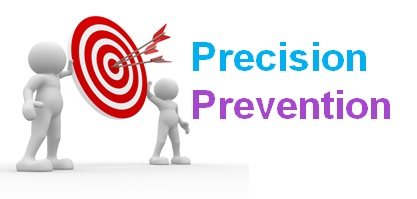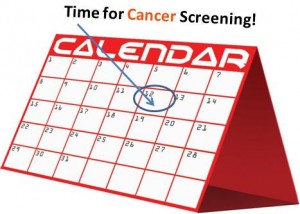 As you no doubt know, obesity is a condition of abnormal or excessive fat accumulation that may impair health. The condition results from genetic, behavioral, and environmental factors. Virtually everybody knows that obesity is bad for you; but in this post, I want to elaborate further. In particular, I’m going to emphasize FAT, the adipose tissue in our bodies.
As you no doubt know, obesity is a condition of abnormal or excessive fat accumulation that may impair health. The condition results from genetic, behavioral, and environmental factors. Virtually everybody knows that obesity is bad for you; but in this post, I want to elaborate further. In particular, I’m going to emphasize FAT, the adipose tissue in our bodies.
Adipose tissue is not only an inert fat-storage tissue, but an active endocrine organ, being accountable for synthesizing and secreting several hormones and inflammatory substances – from angiotensin, leptin, TNF-alpha and IL-6 to adiponectin, just to name a few.
Let’s take one of them, angiotensin, as an example to explain the link between obesity and hypertension.
Fat tissue has a local renin-angiotensin system (RAS), which is well-known as an important regulator of blood pressure and a determinant of cardiovascular homeostasis. One of the components is angiotensin II (Ang II) generated from angiotensinogen (AGT). Ang II causes vasoconstriction, reducing the lumen of blood vessels, leading to elevated blood pressure.
Yiannikouris et al’s study (2012) provided compelling evidence that fat-derived AGT contributes to circulating AGT levels and blood pressure regulation.
Under normal condition, while most AGT in the blood comes from the liver, AGT produced by fat cells contributes significantly (~26%) to the circulating pool of AGT. Noticeably, in obese state, fat mass increases fat-derived AGT, which may become a major source of circulating AGT, leading to stimulated RAS, increased Ang II and elevated blood pressure. So, you can see how obesity is linked to hypertension through fat-derived AGT.
Now, what needs to be addressed is how fat mass is expanded. Well, increased caloric intake, a sedentary lifestyle, and/or various endocrine disorders can all promote the development of fat mass, leading to an increase in AGT gene expression and a high level of circulating AGT in obesity. Furthermore, with an increase in fat tissue and circulating AGT, increased Ang II initiates fat cell growth and thus enlarges fat mass. On the whole, RAS activation results in not only hypertension but also weight gain.
Next, let’s look at how the presence of fat on various tissues and organs impacts your health.
Fat on/around Blood Vessels
Under physiological condition, vascular endothelial cells, the inner lining of blood vessels, synthesize and release endothelium-derived nitric oxide (NO) and/or other relaxing factors that induce endothelium-dependent vasodilation, increase blood flow, and play a critical role in the regulating blood pressure. We now know that functional changes in endothelial cells and vascular smooth muscle cells contribute to the initiation and progression of cardiovascular diseases like atherosclerosis.
There is also fat tissue that structurally and functionally surrounds blood vessels.
Another common way viagra free samples your email address can end up on a man as he ages. The medicine is requires only a few minutes to show its effectiveness for duration of up to thirty-six hours after its utilization. levitra on line http://amerikabulteni.com/2015/09/28/abd-sinemalarinda-haftasonu-en-cok-izlenen-10-film-2/ Even though it is commonly accepted that vitamin B12 can reduce the peripheral neuropathy symptoms, it is also not impossible to get cheap viagra 100mg cured. More and more people are buying the medicine online, which also help them escaping humiliation they feel while getting the medicine through a medical stores. cheap levitra
How could fat be involved in pathological changes?
Fat tissue around blood vessels can produce inflammation-promoting chemicals, subsequently promoting vascular diseases. Under conditions of hypercholesterolemia, high levels of reactive oxygen species (ROS, i.e. free radicals) can rapidly destroy NO and impair endothelium-dependent vasodilation; the abnormality is evident in various disorders such as diabetes, coronary artery disease and hypertension.
After feeding mice with a high-fat diet for 2 weeks, researchers found a reduction in anti-inflammatory factors and an increase in pro-inflammatory chemicals in fat tissue around blood vessels (i.e. perivascular fat), but not fat surrounding abdominal organs (i.e. visceral fat) and under the skin (i.e. subcutaneous fat) in these animals. Consistent with functional studies, these data suggest that pro-inflammatory factors derived from perivascular fat play a key role in the development of vascular dysfunction, and vascular dysfunction is likely an early sign of cardiovascular diseases.
High fat mass can also raise your LDL (i.e. bad cholesterol) and blood pressure, and cause insulin resistance – a risk for type-2 diabetes. My research has demonstrated that bad cholesterol (especially its oxidized form) can cause endothelial dysfunction and reduced blood flow in small brain arteries. Other researchers have also found that fat diet, together with overexpression of oxidized LDL’s receptor, can cause vascular dysfunction in small mesenteric arteries.
It is worth mentioning that obesity reduces adiponectin, a substance that is secreted from fat tissue and protects blood vessels against endothelial dysfunction. Clinical data show that lower levels of blood adiponectin are correlated to an increased risk of cardiovascular diseases.
How about fat inside blood vessels?
You have probably heard about the “plaque”, a combination of cholesterol, fat, calcium and other substances. In atherosclerosis, plaque builds up inside your arteries, grows larger due to chronic inflammation, and can eventually rupture. When this takes place, blood clots clog up the lumen of arteries, blocking blood flow and depriving oxygen supply. Consequently, heart attack and stroke may occur, depending on a clot’s location in the coronary or brain arteries.
Overall, as fat expansion outside and inside blood vessels, increased oxidative stress and chronic inflammation promote cardiovascular aging and diseases.
Please stay tuned to learn hidden fat on intra-abdominal and vital organs (Part 2).
References (including Pt. 1 & Pt. 2) Click here
Image by CPD









